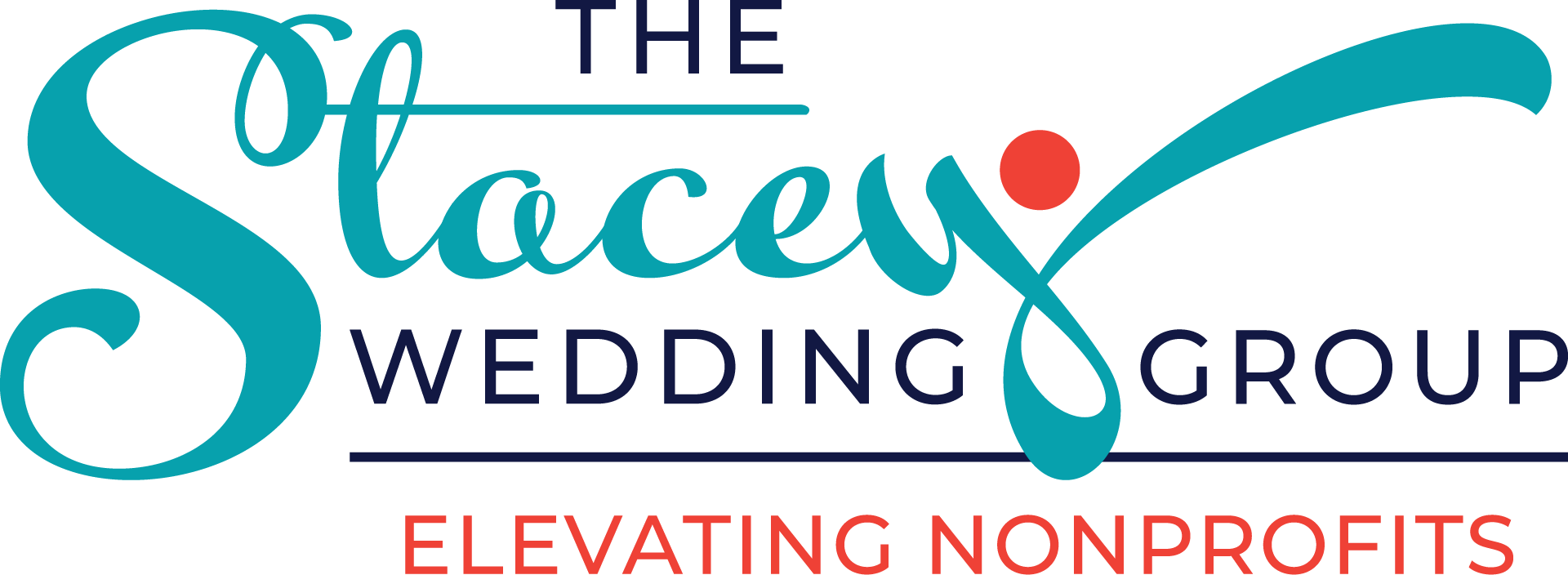Birth. Childhood. Adolescence. Maturity. Renewal (or stagnation). And death.
We’re not talking about your personal life stages but rather the predictable stages of development that organizations grow through at different points of their existence.
In PiP’s work with nonprofits at all developmental cycles, one of the areas that often arises is what type of leadership is needed at each phase. The reality is that most people aren’t equipped with the diversity of skills and high level of emotional intelligence needed to move through multiple stages, which is one of the reasons why leadership development and succession planning (for both board and executive staff) are so important.
By way of example, think about an entrepreneur who loves the thrill of start-up ventures. Usually, entrepreneurs are innovative visionaries. They also tend to get restless and impatient to move on quickly, particularly when their new venture starts to require more stability and structure.
Keeping this in mind, one of the key factors nonprofits miss when recruiting board members is the discussion about the board member’s strengths and interests and the organization’s life cycle. Serving as a board member of a grassroots nonprofit with no paid staff is a much different (and more time-consuming) task than serving as a board member of an established, mature nonprofit with plenty of staff to carry on the day-to-day mission work.
What does all of this mean for you?
The next time you recruit a new board member, consider adding the organizational lifecycle discussion into your process. You’ll find board members who are more fulfilled and are a better fit, and your organization will thrive as a result!
